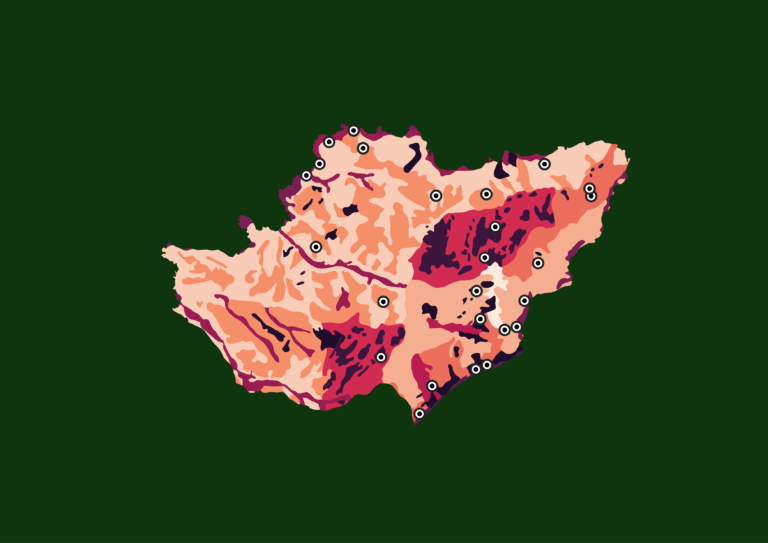Modeling
This section covers modeling completing data query part and pre-modeling. We will reach out models fitting and ensembling Model fitting Model fitting is the ability we give to a machine to generalize data on which the model is trained. In practice, it consists of provide training data and some parameters to models in a way…





